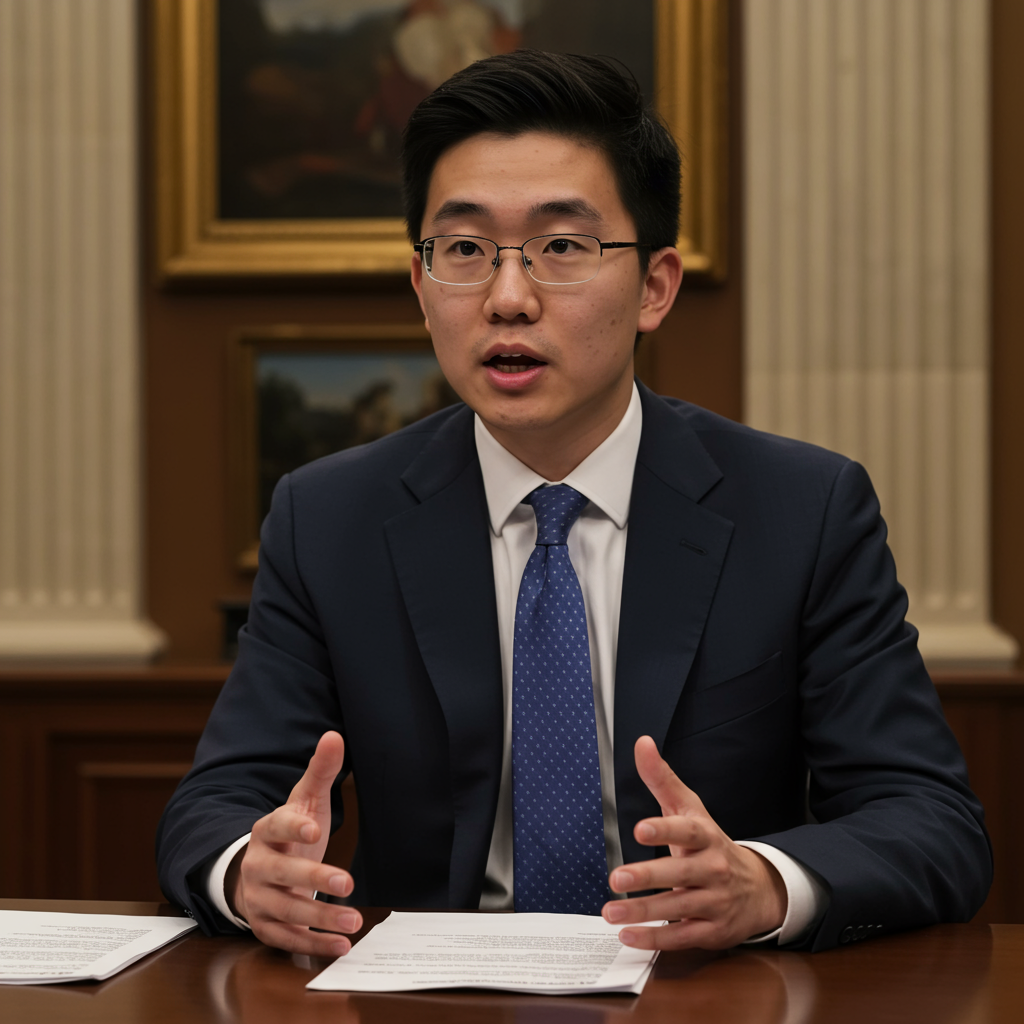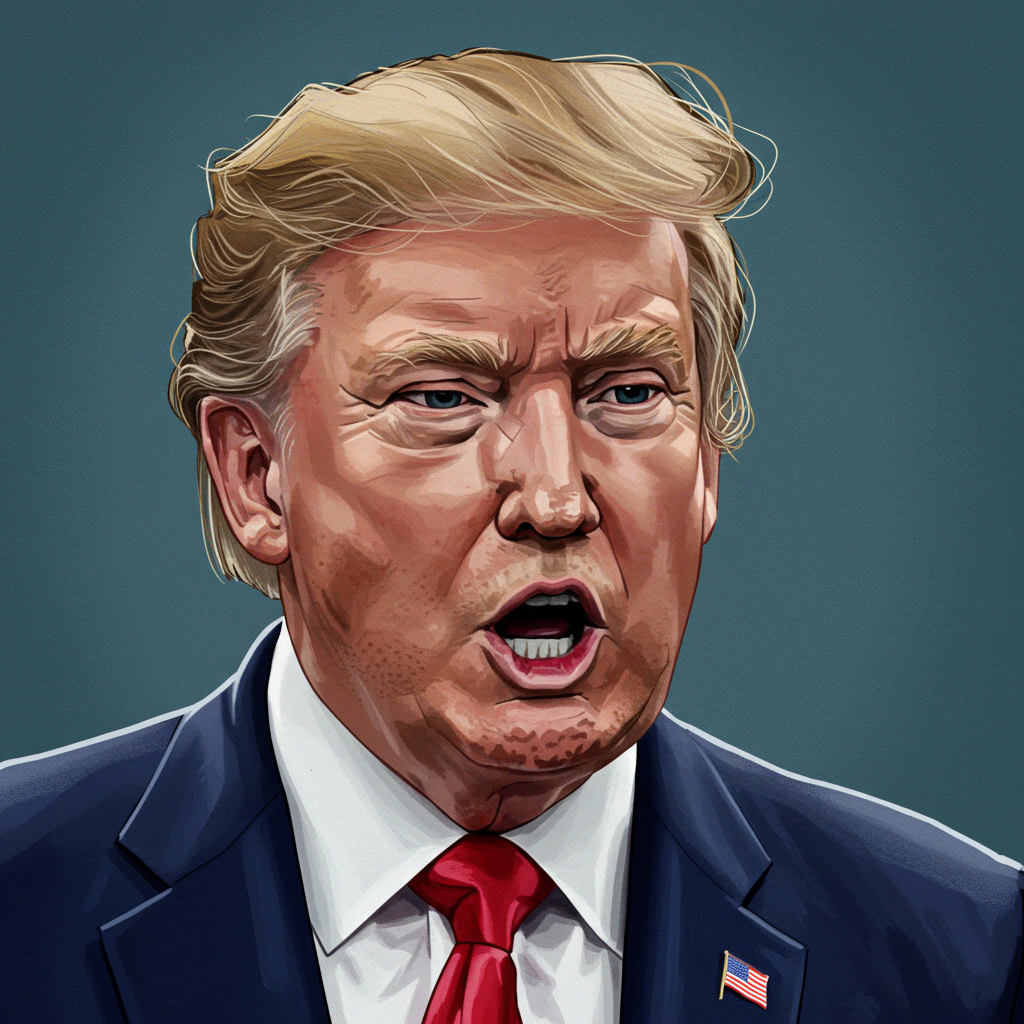A fragile ceasefire between Israel and Iran appeared to hold on Wednesday, following 12 days of intense conflict that raised fears of wider regional war. The halt in hostilities sparked cautious optimism, even as the future of Iran’s nuclear program remained a contentious issue and related tensions persisted elsewhere in the region.
Adding a new layer to the diplomatic landscape, U.S. President Donald Trump asserted that officials from the United States and Iran would likely engage in talks next week. Speaking at a NATO summit in The Hague, Trump, who stated he helped broker the ceasefire that took effect Tuesday, suggested a potential agreement could emerge from these discussions.
Conflicting Claims on Nuclear Program Damage
Trump framed the ceasefire as a sign that “the war is done,” declaring he was not particularly interested in restarting nuclear negotiations. He controversially claimed that recent U.S. strikes using bunker-buster bombs had “completely and fully obliterated” Iran’s nuclear facilities, including key sites like Fordow, asserting it would take “years” for Iran to rebuild its capabilities.
However, assessments of the effectiveness of these strikes varied significantly. A U.S. intelligence report reportedly suggested the damage set back Iran’s program by only a few months, indicating some material might have been moved and infrastructure remained partially intact. Israel’s Atomic Energy Commission offered a more optimistic view from their perspective, claiming the strikes set back Iran’s ability to develop nuclear weapons by “many years,” though they provided no specific evidence.
Iran’s Foreign Ministry spokesman, Esmail Baghaei, confirmed that U.S. and Israeli strikes had caused “significant damage” to the country’s nuclear installations, describing it as a blow to infrastructure and international law. He declined to offer specifics on the extent of the damage. International Atomic Energy Agency (IAEA) Director General Rafael Mariano Grossi said he could not immediately assess the full impact but acknowledged Iran retains the technical knowledge and industrial capacity to rebuild damaged infrastructure over time.
Despite varying views on the damage, U.S. Mideast envoy Steve Witkoff maintained that the U.S. and Israel had achieved their objective of the “total destruction of the enrichment capacity” in Iran, citing the ceasefire as proof that their goal was met.
Iran Resists Giving Up Nuclear Program, Restricts IAEA
While Trump spoke of potential talks, Iran has not publicly confirmed that discussions will take place next week. An Iranian official reportedly questioned the trustworthiness of the U.S. following the weekend strikes.
Crucially, Tehran remains firm in its insistence that it will not abandon its nuclear program. Underscoring this stance, Iran’s parliament fast-tracked a proposal that could effectively suspend cooperation with the International Atomic Energy Agency, the U.N. nuclear watchdog. Parliament Speaker Mohammad Bagher Qalibaf criticized the IAEA for not condemning the attacks on Iran’s nuclear facilities, stating cooperation would be paused until facility security is ensured and Iran’s program can proceed faster.
Baghaei suggested the parliamentary bill focused on suspending cooperation rather than ending it but reiterated Iran’s non-negotiable right to a peaceful nuclear energy program under international treaties. He expressed skepticism about the U.S.’s seriousness regarding diplomacy following its aggressive actions.
Diplomatic Efforts Amidst Lingering Tensions
Witkoff indicated that the U.S. goal extends beyond the ceasefire, aiming for a “comprehensive peace agreement.” He noted ongoing “promising” direct and indirect conversations. An Israeli official, however, characterized the ceasefire solely as “quiet for quiet,” without further agreements on the nuclear issue.
Internationally, China and Russia welcomed the ceasefire, expressing hope for its permanence. French President Emmanuel Macron described the truce as “volatile” and urged renewed diplomatic negotiations on Iran’s nuclear program involving the U.S. and European powers. Egyptian President Abdel-Fattah El-Sissi also welcomed the ceasefire, calling for adherence and resumed nuclear talks aimed at regional nonproliferation. IAEA head Grossi urged Iran and the international community to seize the opportunity the ceasefire presents for a long-term diplomatic solution.
The Conflict’s Human Toll and Related Events
The recent conflict resulted in significant casualties. Officials reported at least 28 people killed in Israel and over 1,000 wounded. In Iran, government figures listed 606 deaths and 5,332 wounded. A Washington-based human rights group, however, provided higher figures, claiming at least 1,054 fatalities in Iran from Israeli strikes, including 417 civilians and 318 security personnel. The group estimated 4,476 wounded in Iran. Israeli strikes also targeted top military leadership, reportedly killing Revolutionary Guard commander Ali Shadmani and another figure, Ramezan-Ali Choubdari.
Adding to concerns, Iran executed three more prisoners accused of spying for Israel on Wednesday, bringing the total number of espionage executions to six since June 16. The hangings occurred at Urmia Prison. Human rights activists have expressed fears Iran could conduct a wave of executions after the conflict.
While the ceasefire brought a degree of relief, regional tensions persist, with reports of related conflicts continuing elsewhere, such as Gaza and Lebanon. The conflict and subsequent strikes also reportedly contributed to a slump in U.S. business confidence, according to one survey, though a separate analysis noted the conflict’s surprisingly limited impact on global oil prices compared to historical Middle East crises, attributing this to increased transparency, infrastructure, and reduced reliance on OPEC oil.
With the ceasefire holding, state media in Iran reported heavy traffic as people who had fled urban centers began returning home, signaling a cautious return to daily life after the intense fighting.



